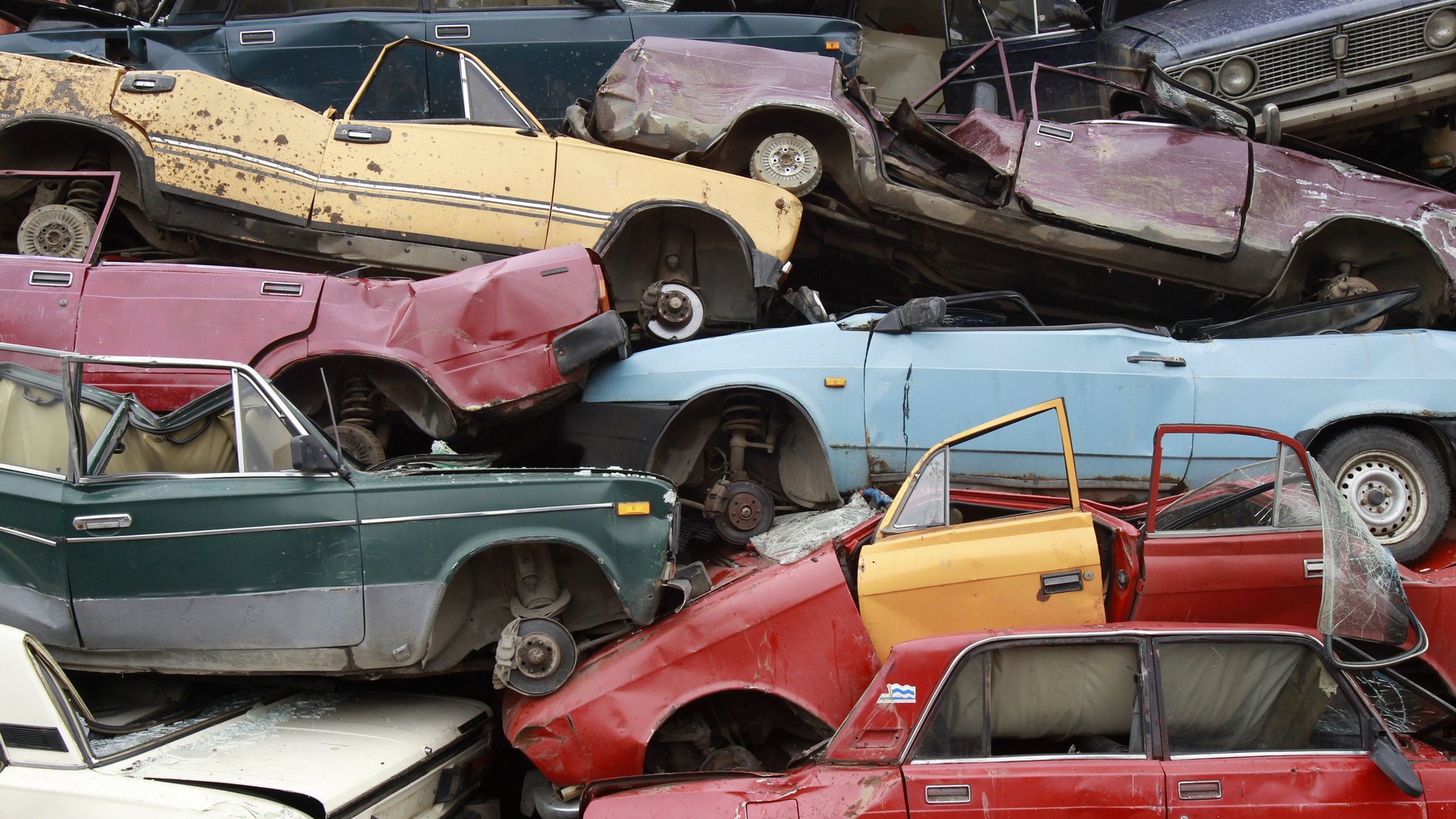There’s a new industrial revolution underway
The outskirts of Paris might not seem like the most likely home of the next industrial revolution—but along the bank of the River Seine, the vehicle manufacturer Renault is operating a groundbreaking “re-manufacturing” plant that is transforming old car parts into like-new or better-than-new condition—all to be used in its new cars. The plant is the most profitable of all of Renault’s operations, and uses just 20% of the energy and 30% of the materials required by traditional automotive plants, according to its former COO.


The outskirts of Paris might not seem like the most likely home of the next industrial revolution—but along the bank of the River Seine, the vehicle manufacturer Renault is operating a groundbreaking “re-manufacturing” plant that is transforming old car parts into like-new or better-than-new condition—all to be used in its new cars. The plant is the most profitable of all of Renault’s operations, and uses just 20% of the energy and 30% of the materials required by traditional automotive plants, according to its former COO.
Renault is among a new wave of businesses that have adopted the principles of a circular economy, which shift away from the traditional, linear way of production (take, make, and waste) to a circular approach (reduce, reuse, and recycle). This allows both growth and the development of clever ways to use fewer limited (and costly) resources like energy, land, and materials. Global brands are adopting the circular economy framework in response to increasingly volatile commodity prices and advances in technology—consciously re-designing business models, products, and services so that they are restorative and regenerative.
Within a circular economy, products are meant to cycle through the economy many times, which means less waste and more opportunities to sell and resell a product. If a company recycles its own parts and generates its own supply of renewable energy, it becomes more self-sufficient, resilient, competitive, and usually more profitable. A relatively small increase in circularity could save European manufacturers $630 billion by 2020, according to an analysis by the Ellen MacArthur Foundation and McKinsey & Co. Expanded globally, the savings would be in the trillions.
Remanufacturing and refurbishment—key parts of the circular economy model—are not new concepts, but they have the potential to be game changing as part of new business models. For instance, Philips, the Dutch based electronics and healthcare giant, now leases both lighting and healthcare equipment to its customers rather than selling these products outright. When a customer is done with the equipment or needs an upgrade, Philips takes back the old product, refurbishes it, and sends it on to another customer.
The company, now as a service provider, is beginning to redesign its products to fit this new business model. IBM has also adopted this circular economy model: Since 2002, it has processed over 1.09 billion lbs. of machines, parts, and material; harvested and sold over 44.4 million parts; and processed and sold more than 3,893 rebuilt mainframes.
But to seize the opportunity that circular business models offer, we need to finance them. In a new report released by the Money Management Institute entitled “Bringing Impact Investing Down to Earth: Insights for Making Sense, Managing Outcomes, and Meeting Client Demand,” we examine how circular economy business models create new impact investment opportunities. Impact investments are meant to make both a profit and a positive social or environmental impact—something clients are asking for more than ever before.
The growing demand for impact investment opportunities reflects a broader reshaping of global priorities. Rising income inequality, climate change, and increasing demand for water, energy, and other resources are factors investors consider as they decide where to put their money. They are looking for ways to help solve global problems while also generating economic growth.
We believe that impact investing and circular economy models are a natural pairing to do just that; they share a social and environmental consciousness, and dynamic vision of business. ING analysts have made this connection, too. In a recent report, analysts identified a few ways impact investors can help develop the circular economy by working with businesses to, for example, create incentives for customers to buy into the concept of circularity and to incorporate circularity characteristics in risk and pricing models.
Investors should also check out the Circular Economy 100, a platform bringing together leading companies like Coca-Cola, H&M, Unilever, and Apple, to collaborate and learn from one another as they look to adopt circular economy business models. Together, businesses that may be competitors in other realms are collectively solving problems, building a library of best practices, and providing a scalable mechanism for generating circular economy capabilities within companies. Big business has begun to recognize that circular strategies are necessary to future success.
Investing in circular economy businesses is a logical next step—and a largely untapped opportunity. For example, Regeneris—a UK based firm that focuses on the repair, refurbishment, and re-deployment of IT and electronic products—was listed in 2005 with revenue of £18 million ($28 million) and operating profits of £1 million ($1.5 million). But the company currently generates revenues of £197 million ($308 million) and operating profits of £11 million ($17.1 million) because of the staggering growth of connected devices as well as circularity thinking. This example provides compelling evidence that doing things in a smarter, more resource productive way may be good for your bottom line.
It’s an example worth remembering. Impact investing and circularity, concepts that are each in their infancy, are currently being developed in separate silos—but both concepts share a vision of a robust economy where high performance businesses have a positive financial, environmental, and wider societal impact. To make that happen, it is time for these two promising fields to join forces.